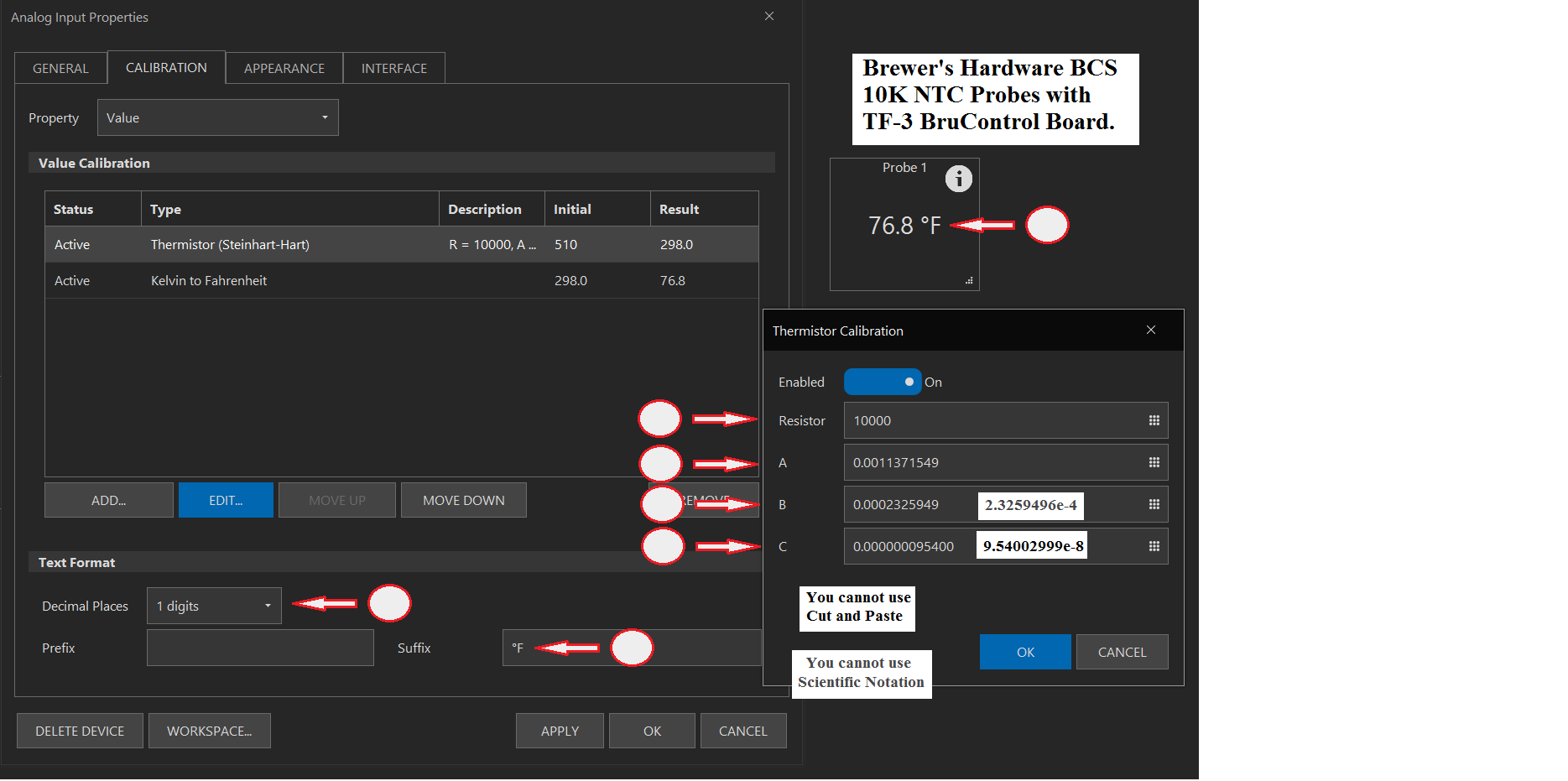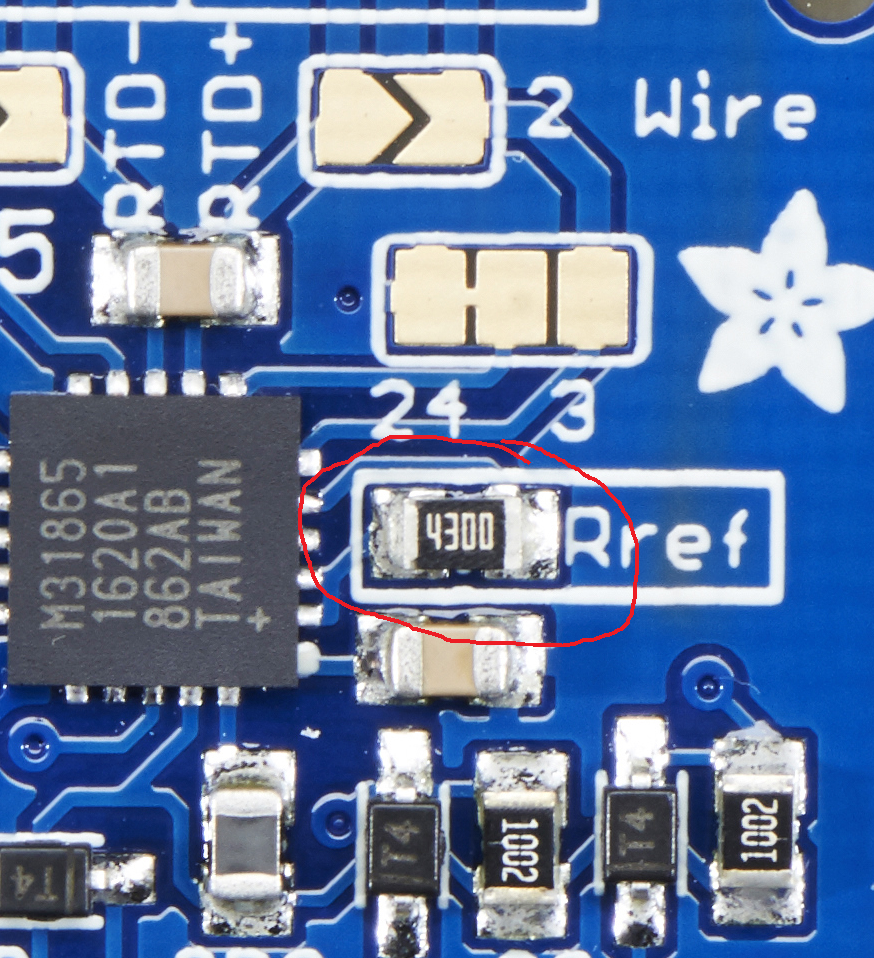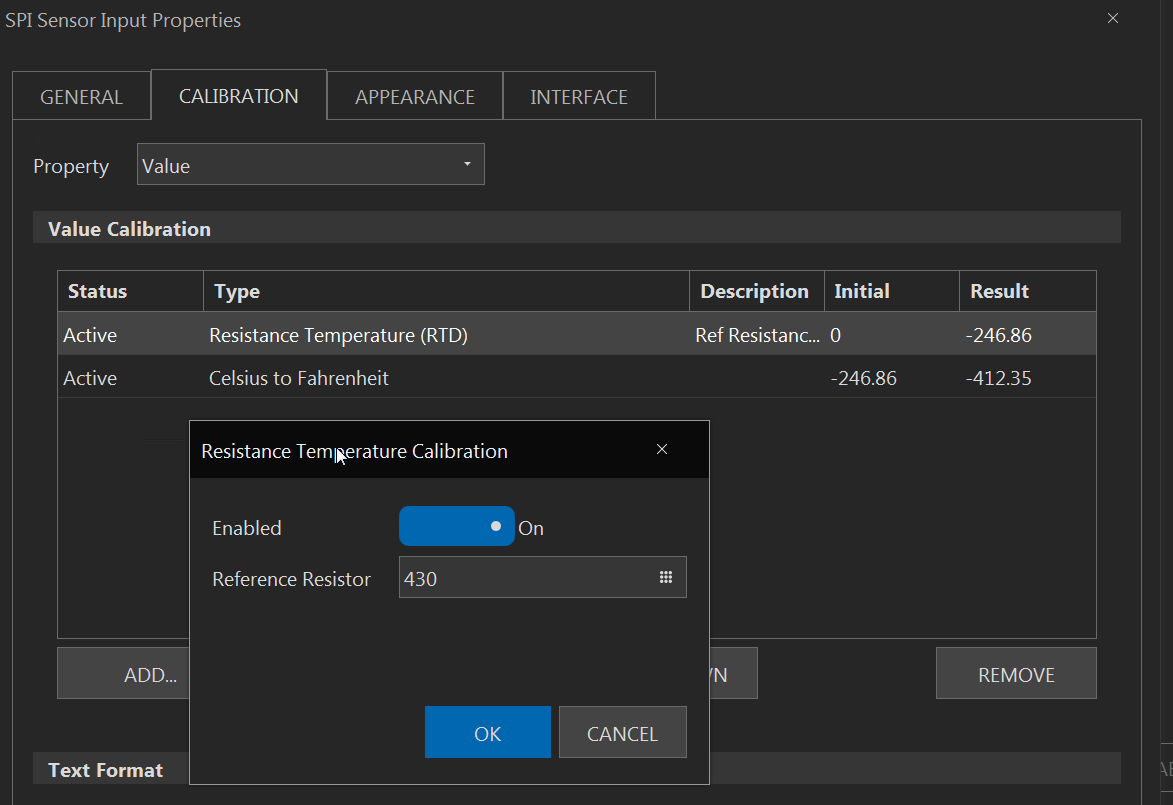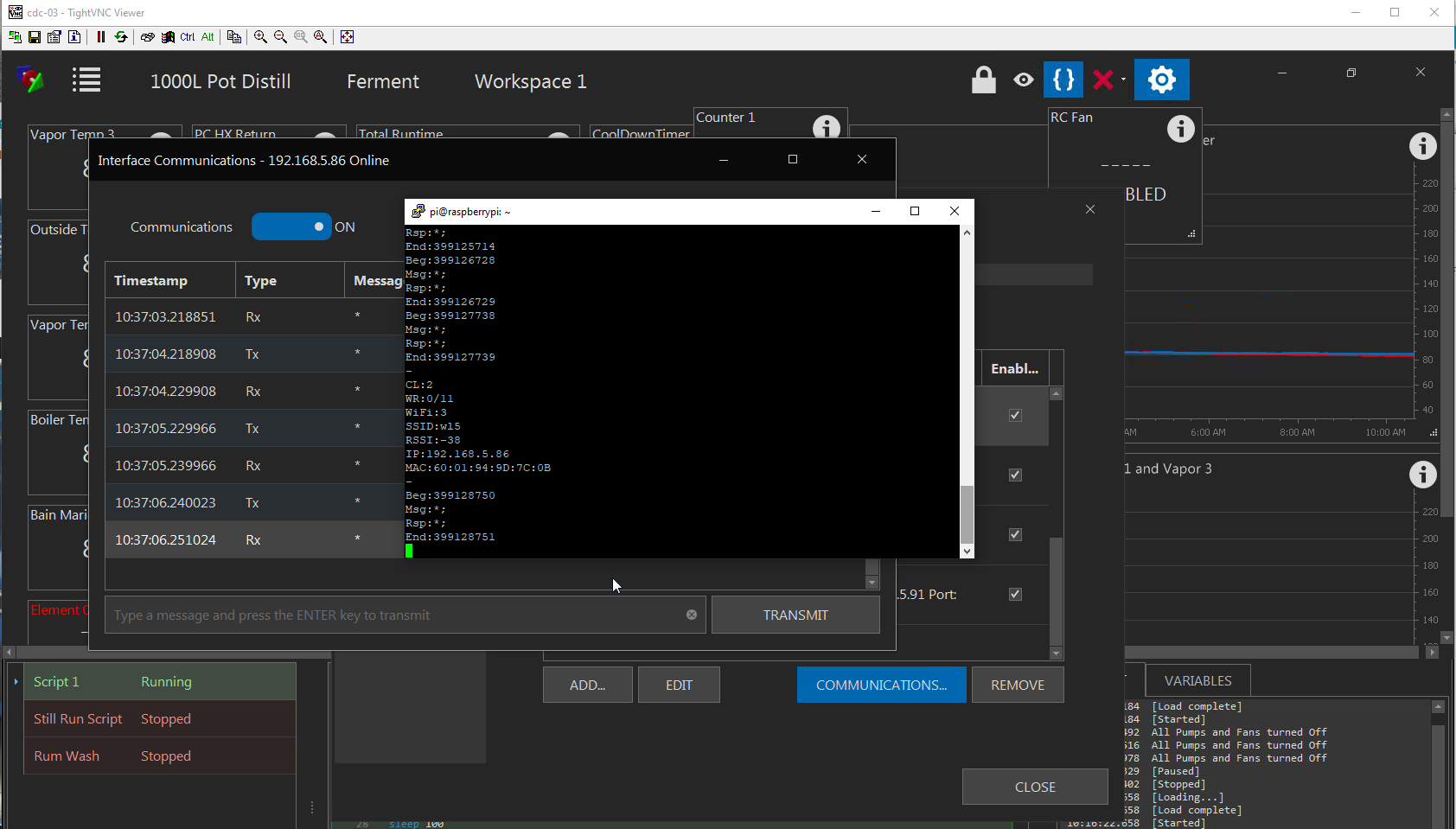dmcmillen
Well-Known Member
I'd highly recommend The Complete Guide to Building Your Electric Brewery if you've never built an industrial control/power box before. I used it to build the controls for a 3V 1bbl consecutive batch (almost 300amp) nano-brewery a few years ago. We've since moved on to a slightly more expensive system, but it worked well as we were poor and scaling. Now we are just poor
The book/pdf will explain a lot of stuff you'll likely never consider if you haven't built one before...and especially if you aren't familiar with industrial control systems! There are likely other resources available to learn all of that stuff, but since I haven't been paying attention in the past four or five years this is the only one I know to recommend.
Thanks Red Clay. I'll check it out.


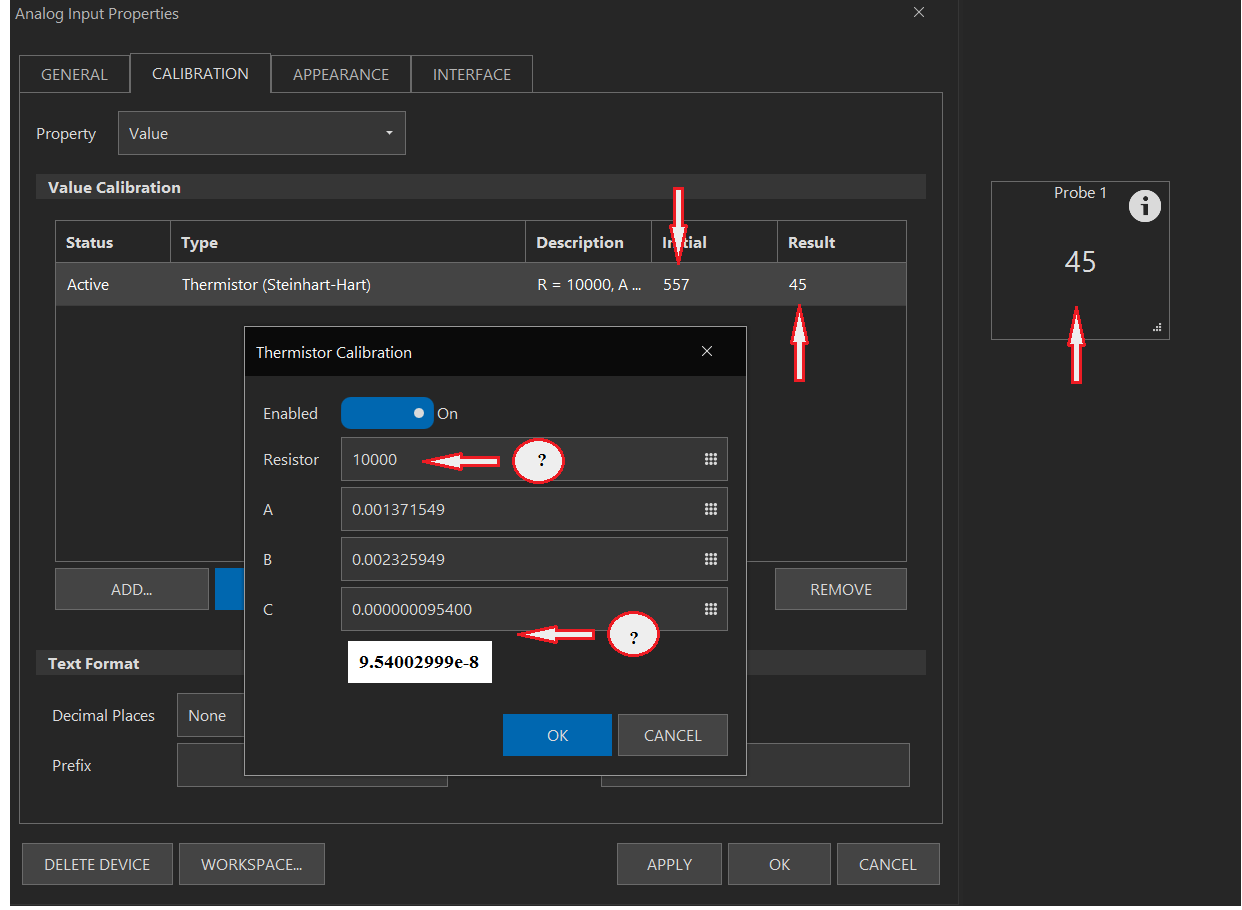

















































![Craft A Brew - Safale S-04 Dry Yeast - Fermentis - English Ale Dry Yeast - For English and American Ales and Hard Apple Ciders - Ingredients for Home Brewing - Beer Making Supplies - [1 Pack]](https://m.media-amazon.com/images/I/41fVGNh6JfL._SL500_.jpg)






